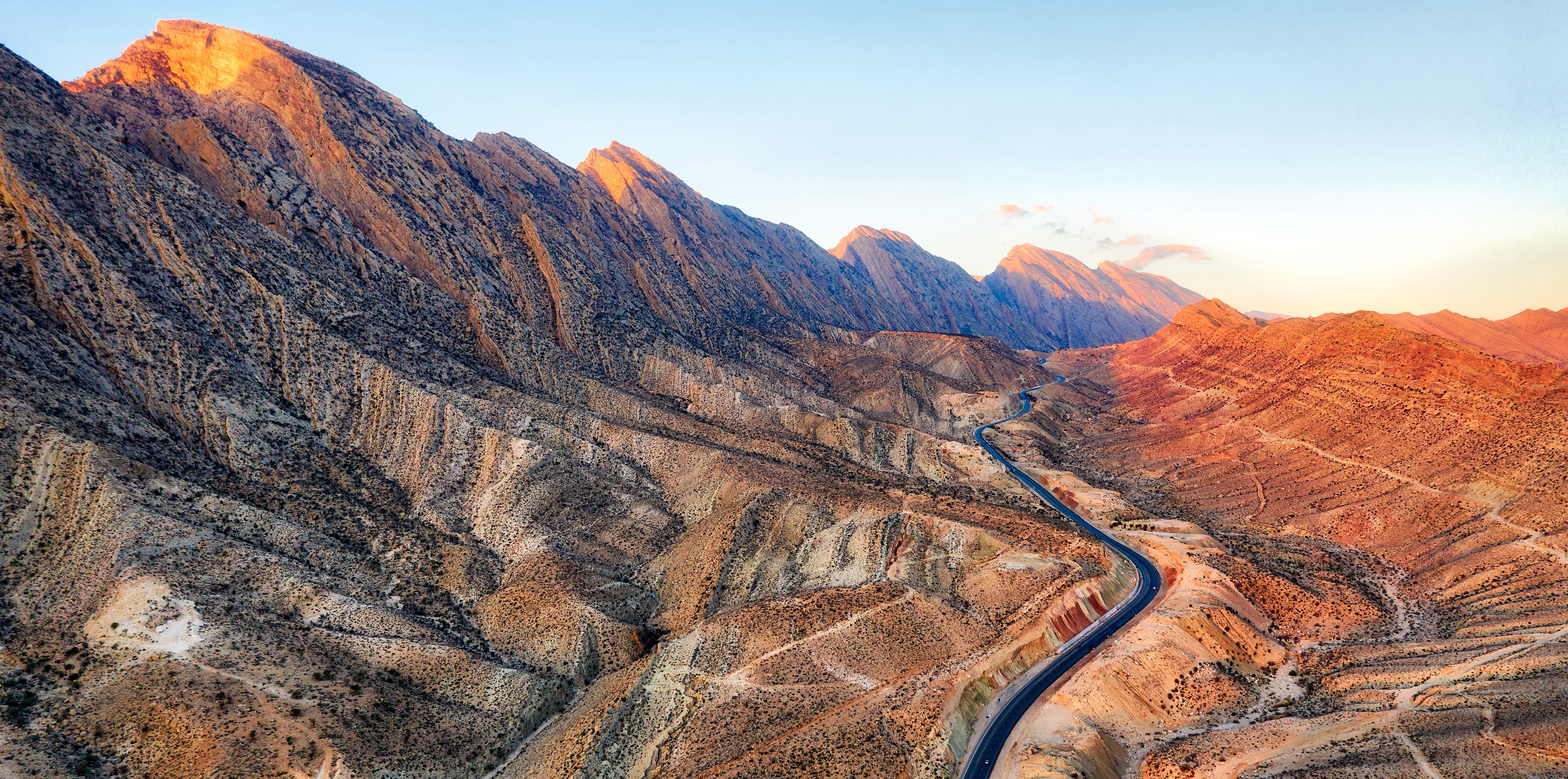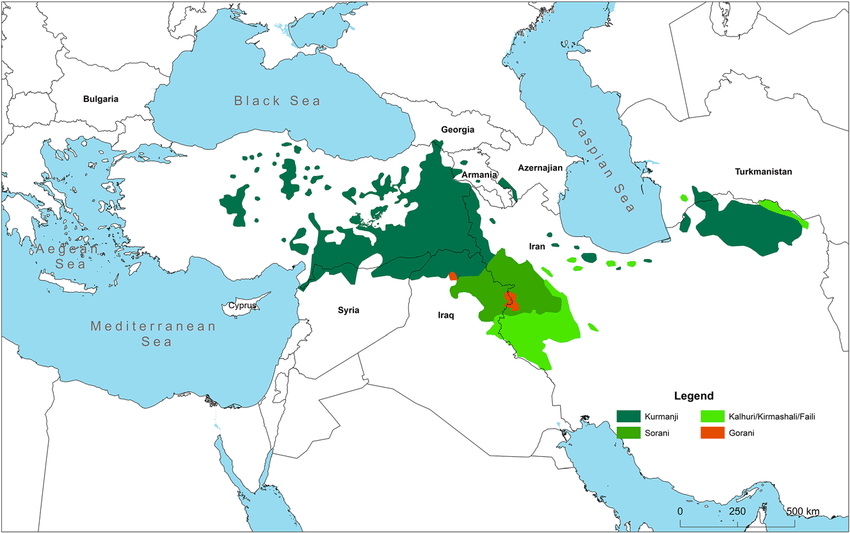Language Information
The Kurds are the largest nation without a state of their own. Their land is massively important in terms of oil, water throughout Mesopotamia and the Levant, and U.S. security interests. The Kurds played the key role in the fight against ISIS. Kurdish women have played a leading role in the Middle East and the most well-known and wide-spread Kurdish slogan is “woman, life, freedom” (in Kurdish: “jin, jiyan, azadî”). Kurdish is one of the formal languages in Iraq and the Autonomous Administration of North and East Syria. Also, about 20% of Turkey and 10% of Iran are native Kurds. There are smaller groups of Kurdish speakers in the Caucasus and in diasporic communities across Western Europe and the United States. Estimates put the total number of native Kurdish speakers to be more than 40 million.
Kurdish language is an Indo-Iranian branch of Indo-European languages with multiple dialects spoken in Kurdistan, which are: Northern Kurdish (Kurmanji), Central Kurdish (Sorani), and Southern Kurdish. Zazaki-Gorani are also counted as a Kurdish dialect by most of their speakers and Kurdish linguists. Once you learn Kurdish, understanding and learning the other old languages of Mesopotamia and Iran will be easier.
Kurdistan is home to many unique historical sites like Göbekli Tepe (Kurdish: Girê Mizaran), one of the first manifestations of human-made monumental architecture. Erbil Citadel (Qellay Hewlêr), one of the longest continuously inhabited sites in the world. Mount Ararat (Kurdish: Çiyayê Agirî), considered the resting place of Noah's Ark. Taq-e Bostan (Kurdish: Taq-Wesan) a site with a series of large rock reliefs from the era of the Sassanid Empire, carved around the 4th century CE. Also, two famous rivers, the Tigris (in Kurdish: Dîcle) and the Euphrates (in Kurdish: Firat) flow through Kurdistan on their way to the Persian Gulf.
The best-known historical writing and oral traditions in Kurdish are the religious scriptures of Yarsanism and Yazidism, and the poetry masterpieces like Mem û Zîn, Qellay Dimdim, Siyabend û Xecê. Kurdistan is also well-known for its mountainous nature, religious coexistence, Kurdish coffee, Kurdish horse, and Kurdish Mastiff dogs. The sun on the Kurdish national flag is an ancient symbol with twenty-one sunbeams representing the first date of Kurdish New Year, Newroz, in the International Calendar. Most of the Kurds are Muslims with a substantial number of Yarsans, Yazidis, Zoroastrians, Christians and Jews.
Who speaks Central Kurdish (Sorani)?
Central Kurdish is spoken by most of the Kurds in Iran and Iraq, written in modified-Arabic alphabet, and it is the formal language of Iraq with Arabic. The Kurdistan Regional Government’s policy is to promote both Central Kurdish and Northern Kurdish in the education system, and media. The public education and higher-education system in Iraqi Kurdistan is taught fully in Kurdish.
In addition to becoming proficient in Kurdish at IU, you can also study the region in depth by choosing a Major or Minor in Central Eurasian Studies.
Kurdish is taught at IU through the Department of Central Eurasian Studies. During the summer, it is also offered as an intensive online course through the Language Workshop.



